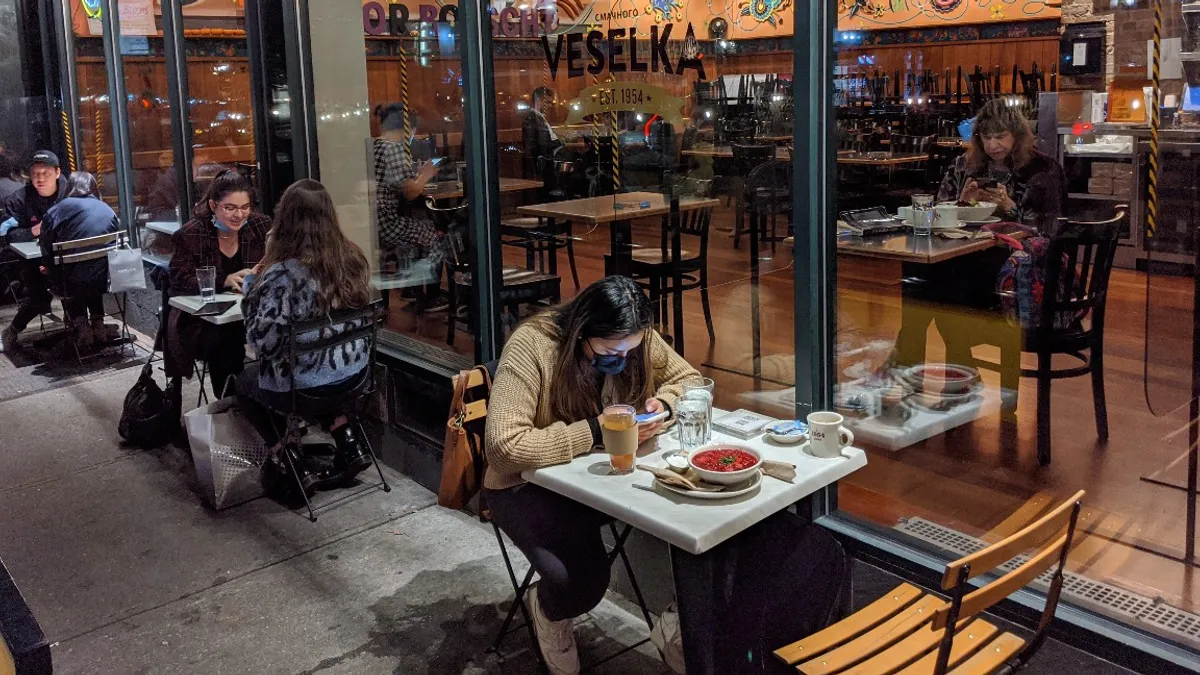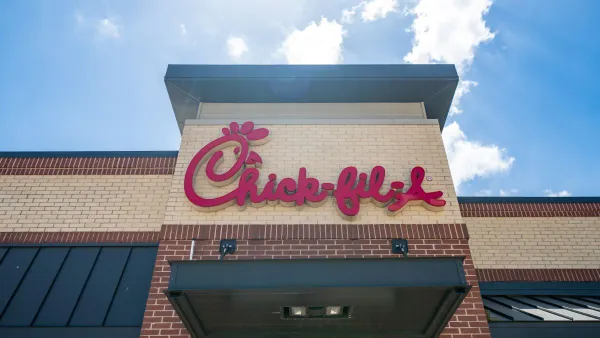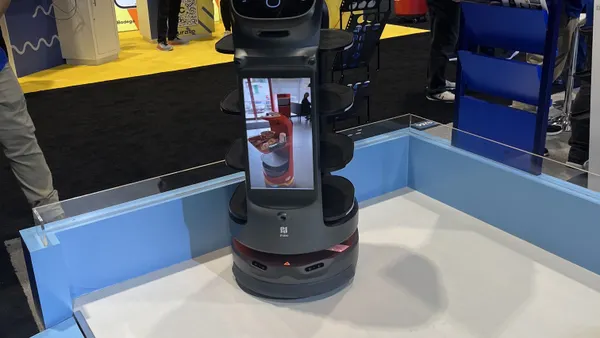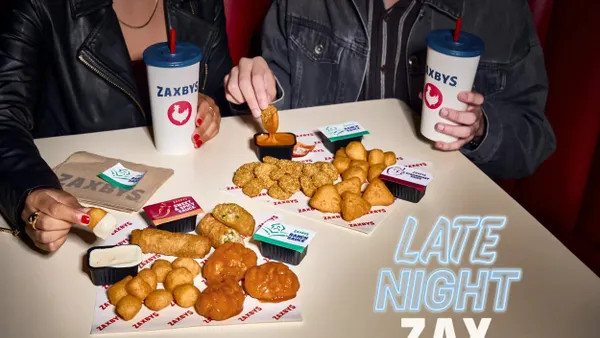Dive Brief:
- Moody's upgraded its outlook for the U.S. restaurant industry from negative to stable, according to an an Oct. 20 report emailed to Restaurant Dive. The status change comes as business conditions are expected to continue to slowly improve in the next 12 to 18 months due to easing restrictions and consumers' gradual return to dining out.
- Operating profit in the industry has fallen by more than 30% this year, but Moody's expects profits to rise by about 15% in 2021.
- The QSR segment is expected to continue to outperform casual dining restaurants due to their drive-thru formats with Starbucks, Dunkin', Del Taco, Taco Bell and Burger King planning enhanced prototypes designed for drive-thru only or mobile orders. Fast casuals like Chipotle and Shake Shack are turning the model as well to grow off-premise revenue, which could level the playing field with major QSR chains.
Dive Insight:
Moody's report is no doubt welcome news for a battered industry, but that's not to say restaurants are out of the woods. Moody's cautions that restaurants will continue to struggle as they continue to operate with restricted capacities.
"As health safety concerns continue, consumers' ability to dine-out remains uncertain and the number of U.S. restaurants decline, our forecast is constrained by a high-level or risk to our recovery forecast," the report notes.
As the U.S. sprints toward cold weather months, restaurants that have sustained business by offering outdoor dining options face increased risk, especially if they operate in Northern states. Not to mention, the country is experiencing a sharp uptick in COVID-19 cases that parallels the previous peak from July. Correlations have been drawn between rising cases and dining out, so a second wave could scare dine-in consumers away.
"This year, for the first in a long while, the number of US restaurants is expected to decline, reflecting the devastating effect the pandemic is having on the industry," Bill Fahy, Moody’s vice president and senior credit officer, said in a press release emailed to Restaurant Dive. "And more closures are likely, depending on how long this operating environment continues."
The quick-service segment, however, will likely continue to be largely insulated from these devastating factors, particularly as the drive-thru channel has grown by double-digits during the pandemic.
Cold weather and restrictions aside, the Moody’s report also points to increasing and new competition from the supermarket and convenience store segments — as well as QSR coffee chains like Dunkin' and Starbucks — that are focusing on prepared food. However, if chains step up their focus on value offerings, the grocery segment may be less of a threat. Grocery prices are up nearly 6% year-over-year for the period from June 2019 to June 2020, according to the Food Industry Association. C-stores may pose a bigger threat as they were gaining share-of-stomach prior to the pandemic, and many are shifting their focus to value meals and conveniences like delivery and drive-thrus.
Moody's predicts that it could take years before the industry returns to its 2019 sales levels, which seems improbable until dining rooms can return to 100% capacity across the country. Once dine-in restrictions are lifted, restaurants could take advantage of pent-up demand from consumers to return to their favorite restaurants. In the meantime, consumers are also more comfortable using off-premise channels than they were last year. While numbers like 90% of McDonald's sales coming through its drive-thru business in Q2 and Chipotle's 50-plus-percent digital ordering mix may shift somewhat post-pandemic, some of those off-premise gains could stick as the pandemic has changed consumer behaviors. A recent report from Morning Star, for example, predicts to-go orders to remain elevated for several years and operators without in-store takeout ordering will lose out.














